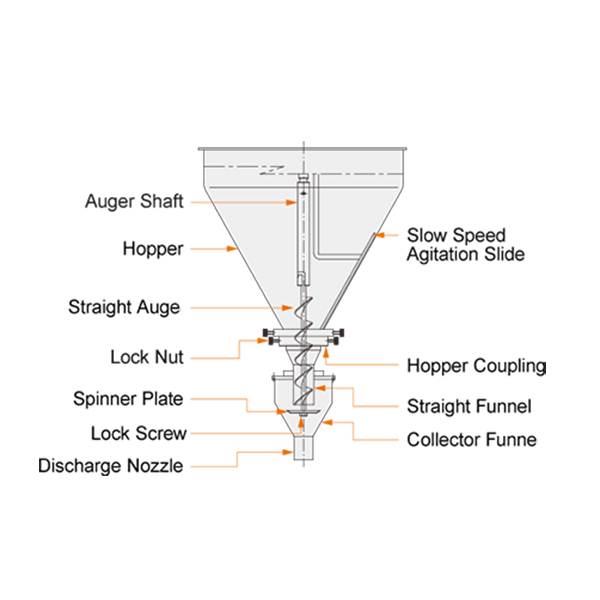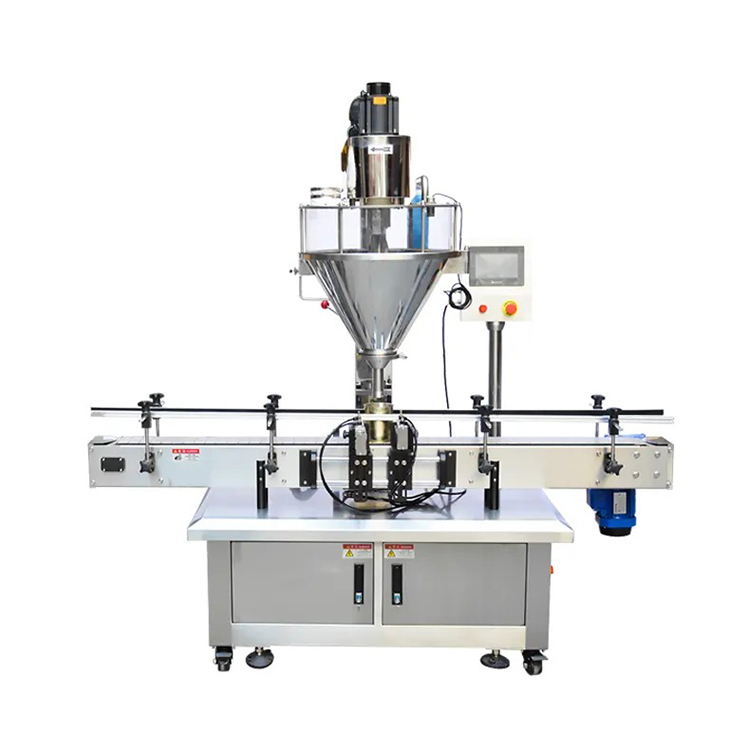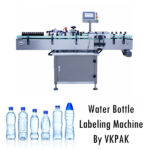A bottling machine is, as the name implies, a machine that dispenses products into bottles (also often called a filling machine). Bottling machines are production equipments that fill a product, generally a beverage, into bottles on a large scale. Many prepared foods, household products, personal care products, chemical products are also bottled, such as sauces, syrups, marinades, oils shampoo, lotion, bleach and vinegars. Of course, the products bottled are not only liquids and creams but also powders and solids, such as milk powder, pill etc (bottling equipment for powders and solids is generally called filling machines or packaging machines). This article mainly introduces the types of bottling machines.
Due to the different products, bottling working principle and output requirements of each bottling project, there are different types of bottling machines in order to meet the bottling needs in different situations.
This article describes the types of bottling machines from the following dimensions:
- According to the degree of automation: semi-automatic bottling machine and automatic bottling machine
- According to the measurement of bottling: mainly by volume measurement and by weight measurement
- According to the products to be bottled: liquid bottling machine, powder bottling machine, solid bottling machine
- According to the direction of operation of the equipment: linear bottling machine and rotary bottling machine
1. According to the degree of automation: semi-automatic bottling machine and automatic bottling machine
2. According to the measurement of bottling: mainly by volume measurement and by weight measurement
Due to the different forms and properties of liquids, powders and solids, there are relatively large differences in the measurement methods for bottling.
1. Liquid and paste measurement methods mainly include: liquid level, volume and weight
2. Powder measurement methods mainly include: volume and weight
3. Solid and particle measurement methods mainly include: weight and counting
3. According to the products to be bottled: liquid bottling machine, powder bottling machine, solid bottling machine
Usually, most of the bottling machines on the market are only for liquids and pastes (VKPAK mainly produces bottling lines for liquids and pastes), the reason why VKPAK lists bottling equipment for different products here is to tell you that bottling equipment can also package powders and solids.
4. According to the direction of operation of the equipment: linear bottling machine and rotary bottling machine
Summary
Choosing the right bottling equipment is not an easy task, especially for those who are new to the bottling industry and need to consider the viscosity of the product, the shape of the bottle, the output capacity, etc.
But don't worry VKPAK engineers are experienced in this area and can recommend the most reasonable equipment to meet your packaging needs. If you are looking for a solution for your bottling project, please contact us now for the best quote and solution!




















